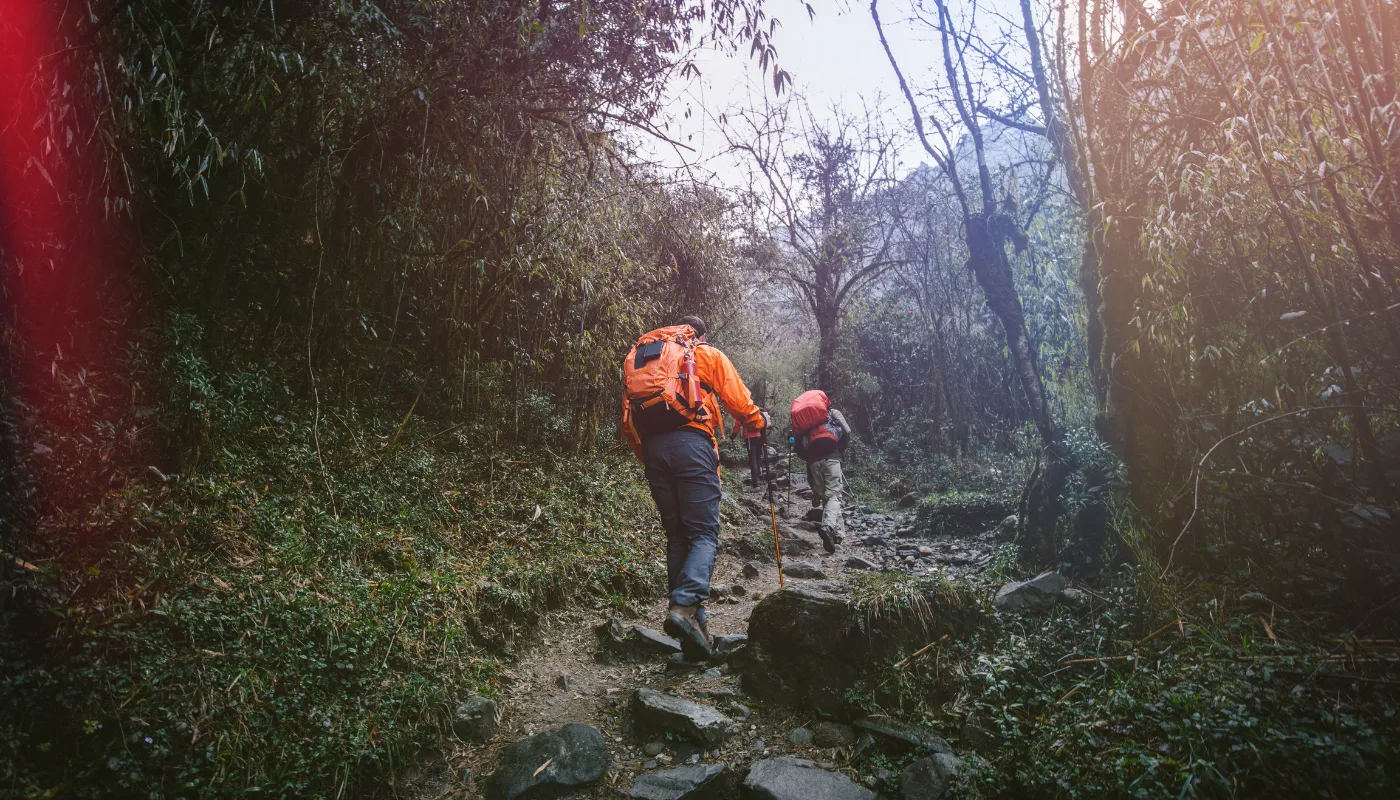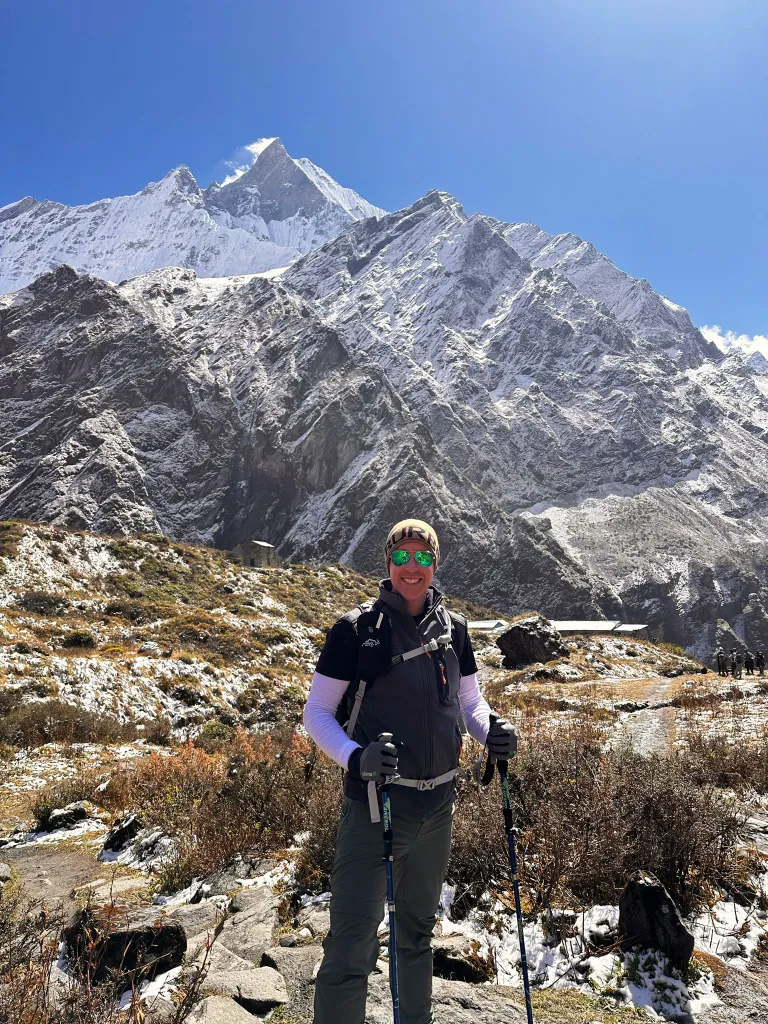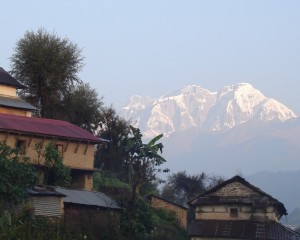Choose the Right Trekking Route Based on Your Fitness Level
Many adventurers are always down to explore the natural and cultural wonders, making the best experience of a lifetime. That being said, every trekking trail is only for some trekkers because each route has its own set of challenges.
The choice of the right trekking trail depends on factors like fitness level, trekking experience, and personal preferences. Nepal is the smallest country living in the lap of the Himalayas, wrapping a diverse range of trekking routes passing through its heart.
Beginner trekkers go for shorter and less challenging ones among such as trekking trails. In contrast, the experienced trekkers are ready to face the challenge and get the reward.
Understanding the problems of every trekker, our team has drafted a list of the trekking trails based on the fitness level for a safe and unforgettable experience that aligns with your expectations.
Factors that Influence Trekking Difficulty
The trekking trails wind through the steep ascent, rugged terrain of diverse landscapes of hilly and mountainous regions. There are different factors affecting the difficulty of the trial.
Let us have a quick look at them.
Altitude
When the trail's altitude takes you past 3000m, the oxygen level reduces. This gives rise to the condition of altitude sickness, showing symptoms like shortness of breath, vomiting, nausea, and headache.
There are different ways to tackle this condition. However, preventive measures can include acclimatizing to a higher altitude.
Trail Length
The longer the trekking period, the more demand for physical endurance. Likewise, the multi-week treks contribute to physical and mental exhaustion.
Type of Terrain:
- Rocky Trails: Require balance and are physically demanding.
- Snowy Trails: Harder to navigate through slippery ice.
- Steep Trails: Ascents and control for descents require stamina as it strains legs and knees.
Physical Fitness Requirements
The trail of easy treks does not have the requirement of strong fitness. With the basic fitness, you can embark on the journey. Yet that is different for moderate and hard treks, which call for more strength and endurance. It demands training your body for the upcoming adventure.

Why to Choose Wisely
You should select a route according to your fitness level. Moreover, choosing the right trek helps you plan efficiently and effectively for a rewarding adventure. At the same time, a suitable trekking route helps avoid overexertion for a positive experience.
Types of Trekking Trails of Nepal Based on Fitness Level
Based on the factors given above, there are easy, moderate, and hard treks. So let us know a bit about them.
Easy treks
Easy treks are among the best ways for beginners and families to get the trekking experience. Besides, it is a fantastic opportunity to experience the Himalayas' stunning landscapes and appealing culture without the challenges associated with high-altitude climbs.
Some of the recommended routes for easy treks are
Ghorepani Poon Hill Trek
Ghorepani Poon Hill Trek is the three days celebrated trekking route among the majestic vistas and cultural richness. Starting from the scenic city of Pokhara, you pass through lush rhododendron forests and charming Gurung villages reaching the Poon Hill. The towering white peaks of Annapurna, Dhaulagiri, Tukuche, Himchuli, and Machapuchre accommodate Gurung's alluring culture and warm hospitality. Interestingly, the best part about the trek is the golden rays striking those towering peaks. The views are worth the watch.
Khopra Danda Trek
Yet another recently opened gem in the Annapurna region is the 6 days Khopra Danda Trek with the panoramic views of Gangapurna, Annapurna I, Annapurna South, Annapurna II, Annapurna III, and Annapurna IV. Besides, the side trip to Khayer Lake, situated at 4500m, reflecting the towering peak in the pristine blue lake, makes your journey even more impressive.
You start your journey from Nayapul, passing through lush forests, terraced fields, and traditional villages where you interact with local communities. One of the highlights of this trek is its relatively low foot traffic compared to other routes, which gives a serene trekking experience and deeper connections with nature and culture.
Pikey Peak Trek
The shortest way to experience the luxury and charm of Everest is through the Pikey Peak Trek for beginners. In your 5-day journey, you wind through beautiful rhododendron forests and scenic vistas that change with every step.
You are up to experience the Tibetan culture of the Sherpa people, who decorated the region with their cultural artifacts like spinning prayer wheels and ancient monasteries. Along with that, the stunning sunrise views of Pikey, Everest, Nuptse, and many more are the features of the trek.

Moderate Trek
The modern treks last around one to two weeks, perfect for trekkers with decent fitness levels. The route has the demanding challenge of physical fitness, steep ascents, and descents, but they are generally manageable.
Moderate treks give you a few days of challenging ascents and descents; they remain manageable and have immense rewards. In the one or two-week trek, you have to pass through the natural forests to stunning alpine vistas for 5-6 hours daily. After the minimal physical challenge, you are up for an amazing trekking experience.
Annapurna Base Camp
Annapurna Base Camp is the classic trekking route winding through the heart of Annapurna to experience the majestic charm of the Annapurna ranges. Passing through the subtropical forest and scenic villages and meeting the friendly local community of Gurungs and Magars for cultural immersion. Similarly, on the ten-day journey through amazing encounters and experiences, you reach the Annapurna Base Camp to immerse in the beauty of the surrounding peaks and feel a sense of accomplishment. Trekkers with moderate fitness levels can go on this journey easily and have a rewarding experience.
Everest Base Camp Trek
Everest Base Camp Trek is among the notable trekking destinations for trekkers all around the world to plunge into the charm of the world's highest peak, Everest, along with Nuptse, Changtse, Cho Oyu, Lhotse, and Island peaks. The ancient culture of the Sherpa people, the charm of the hamlet mountain town of Namche, and the striking sunrise from Kalaptahar are the highlights of the trek. The best part of the trek is that even a beginner with a good fitness level can be a part of this trek.
Hard Trek
Due to their restored and remote region, hard treks are the routes demanding more endurance and strength. Besides, the limited faultily, long trekking days, and uneven terrain increase the trek's difficulty. Only experienced trekkers with ideal fitness can be a part of this trek.
Hard treks are restricted trekking routes through the rugged and remote landscapes. The strenuous part is not just the trails, but the accommodation and basic facilities are limited. You will need thorough preparation and appropriate gear for comfort throughout the adventure. Yet after the challenge, the incredible rewards of the treks are worth every effort you put in.
Kanchenjunga Trek
The world's third-highest peak, Kanchenjunga, is one of the highlights of the trek winding through the remote and stunning region. The three-week journey of passing through challenging terrain, terraced fields, and traditional villages are the characteristics of the physical challenges.
But the natural wonders of the remote region of scenic view of Twins Peak, Tabru, Mera Peka, Yalung Kang, the cultural gems of Kirat and Sherpa communities, and engaging with them to immerse in their local culture and traditions are among the worthy rewards after the physical challenges. At the same time, the rush of adrenaline and sense of accomplishment are non-negotiable after achieving the change of Yalung glaciers.
Manaslu Circuit Trek
Manaslu Circuit Trek, one of Nepal's unexplored and off-beat treks, is known to provide you with the different prospects of natural gems in every region. Similarly, the ancient Tibetan culture preserved in this region for over a century is the attraction of the trek. The three-week journey starts from the lower altitude region of Macha Khola and reaches the upper Manaslu region through Namrung, Sama Gaon, and Samdo; throughout your journey, you will encounter small ancient monasteries and large ones like Pungyen and Manaslu Base Camp.
Interestingly, Tibet via Rui La Pass is another side trip you can take on the trek. The challenge of Larkya La Pass is for the trekkers. But the rewards of the cultural experience are the vistas of Himalchuli, Himlung Himal, Shringi, Ganesh, Annapurna, and Manaslu itself.

To wrap up, the choice of trekking out should be made after thoroughly researching personal preferences for an enjoyable adventure. It would help if you planned widely for an amazing trekking trek without taking that unnecessary stress. Our team of experienced guides in Nepal Vision treks are here to help you out with all the planning for your trek to help you confidently create unforgettable memories along the way.
FAQS






